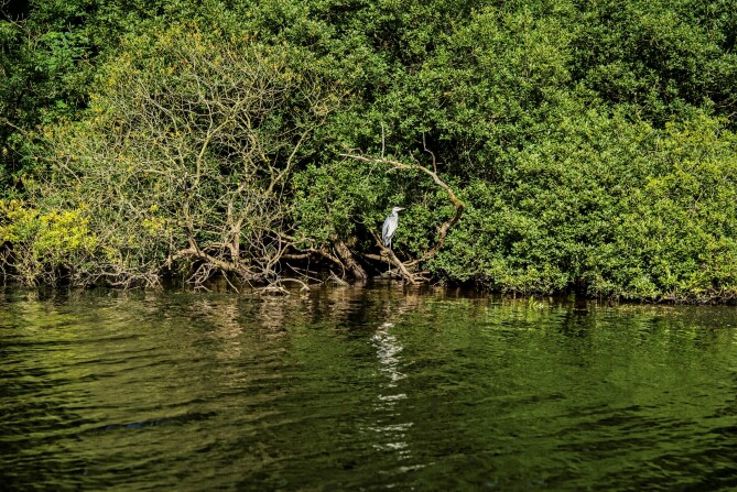Part 2: Invasive Alien Species on Your Premises and In Our Waters
Contents
Part 2: Invasive Alien Species on Your Premises and In Our Waters
Not only do Invasive Alien Species (IAS) negatively impact our native wildlife but many IAS have also been shown to cause damage to infrastructure, can affect water quality and some can even pose a risk to human health.

When you combine these factors, you will begin to realise that IAS, if left unchecked, are not only a threat to your tourism business but to the tourism industry at large in Northern Ireland. Recent estimates suggest that Invasive Alien Species now cost Northern Ireland approximately £46.5 million each year in damage and control.
Bellard, C., Cassey, P. & Blackburn, T.M. (2016):
World-wide, Invasive Alien Species are the second biggest driver of species extinctions overall.
World-wide, Invasive Alien Species are the second biggest driver of species extinctions overall.
The number one thing you can do to help with invasive alien species is to prevent their introduction. Here are some key steps:
- Conduct an audit - Walk around your premises and keep an eye out for any invasive species you might find.
- Become familiar with the most common IAS in your areas - Prevalence of species can vary from county to county so for guidance on how to manage IAS and tips for identification you should check out Invasive Species Northern Ireland’s website. Three big ones to keep your eyes open for as you get started are Japanese Knotweed, Himalayan Balsam and Giant Hogweed. But be careful, Giant Hogweed can be dangerous to touch and can cause severe rashes. You can also
check out the EU list of Union Concern. - Share your records - If you suspect that you have found an IAS, report it. This might be on your property but can also be offsite, for example if you do tours on your local river. Until we know the extent of the spread of a species, it is almost impossible to manage it effectively. In Northern Ireland there are two places you can report invasive species:
- Centre for Environmental Data and Recording (CEDaR)
- Use the iRecord app (Avaliable on Android and IOS)
- Seek Guidance - Get assistance on how best to treat an IAS you have discovered. It will vary from species to species. Never dig up a plant you are unsure of, you might make the problem worse. It is illegal to plant or cause the spead of many invasive non-native plant species so be careful when disposing.
- Check, Clean, Dry - If you run tours or your business moves about a lot, you could potentially be at risk of accidentally spreading an IAS. The Check, Clean, Dry biosecurity protocol is designed to help you prevent this. Spreading awareness about this simple protocol among your staff and even clients can help end the spread of IAS. If you repeatedly use orrent out equipment, consider introducing Check, Clean, Dry as a Standard Operating Procedure. Think about items like boats, fishing nets, waders, jackets, boots etc. If it touches the water, it should be included. This also applies to on-land operations as seeds attached to your clothes and equipment can spread to new areas.
- Know what you are planting - If you are looking to plant on your property, know what you are buying. It is always best to choose native species first which can be locally sourced. Choosing native species has many benefits. Native species will be more genetically suited and adapted to Ireland’s climate making them more resilient. They will also be more supportive of our native wildlife. For guidance on some of the best native species you can plant to support our pollinators check out the National Biodiversity Data Centres Top 10 pollinator Friendly Plants for Different Situations.